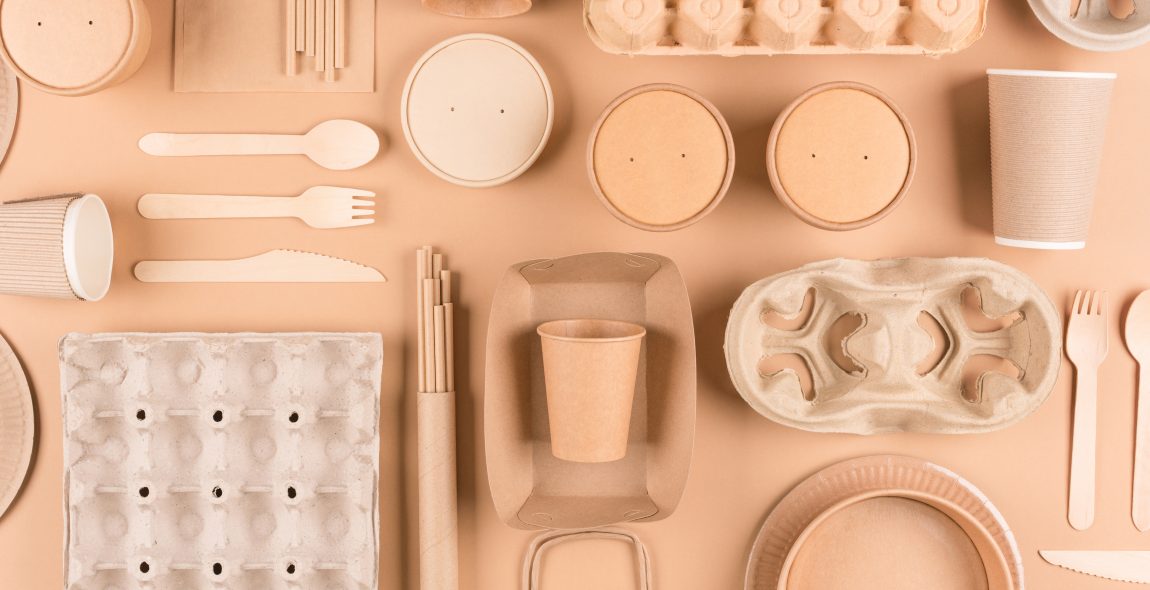Deep Read:
Six hot food and beverage topics that our clients are talking to us about right now.
Our take on what’s making waves and why...... →
For general enquiries please contact us on
+44 1223 248888
enquiries2025@innoviatech.com
St Andrew's House, St Andrew's Road
Cambridge CB4 1DL United Kingdom
FIND US
Sustainable packaging is particularly challenging for food & beverage manufacturers. How we can help consumers to make greener choices?
This short insight summarises an interview with Dr Kate Oliver and Alex Massey. Alex is Innovia Technology’s Food Sector Lead whilst Kate is an Innovation Consultant who specialises in food and packaging.
To watch the full piece, please visit: www.innoviatech.com/food

Sustainability is a huge topic. Many people feel that they understand it and yet, when pushed, they aren’t confident on a definition.
Moving specifically into food and beverages, there’s a lot of thinking around the product life cycle. A classic example would be food waste. If plastic packaging decreases the amount of food waste which would otherwise release greenhouse gases, is that a good or a bad thing? And then if that wasn’t enough, there’s all the different places a product could end up. What will the consumer do with it? Is it better to have something that’s theoretically 100% recyclable but requires everybody needs to do everything exactly right to make that possible? Are they really going to do that, or would you rather have something that’s 90% biodegradable and that’s a bit more resilient to the fact that not everybody can or will want to wash it out or do the exact perfect thing right every time?
Yes, there’s lots of complexity! And it’s particularly hard for food and beverages. We see it every day, so it seems quite normal to us. But if you think about it, these products are quite challenging. Carbonated drinks, like beer, are giving off gas all the time. They need to be kept in pressurised containers. Many foods have complicated environmental requirements for the packaging. If you’ve got a ready meal in your freezer, you might want to be able to take it out and then put it directly in the oven straight away. That’s quite a lot to ask.
And of course, we can all relate to having left a packet of crisps out overnight, only to come back to it in the morning to find that they’re not as crispy and lovely as the night before. If you are packaging crisps as a manufacturer, you want your crisps to stay crispy for a long time – potentially for years – and that means you need resilient packaging to keep them the way that your consumers want to experience them.
That’s quite a lot of demands. And let’s remember that this packaging isn’t just for preserving food, it’s also for keeping the food intact during transport. And on top of all those demands, the packaging also acts as your billboard in the shop, so when consumers seeing them, it’s important that your brand can be identified so consumers can make purchasing choices. Packaging does lots of jobs!
You can just imagine the meeting where someone was thanked for meeting all these requirements, and then asked if they could “just make everything sustainable too”…
We believe if you want to get to a good place, you don’t get there from taking all the hard work you’ve done and just adding on one more thing on top. Instead, what you need to do is take an intelligent look at the restrictions that determined where you ended up and think about whether they’re all still valid now that you have an extra thing to do as well.
Maybe you decided that your product had to withstand two kilograms of weight on top, but that was a tolerance factor. Maybe one kilogram would be enough when you’re trying to other things as well.
In conclusion, we recommend you take it back to basics, decide what are the things that you must have, what are the things that would be nice to have, and consider removing some things altogether.
When you’re doing this, you should also take a broad look around because it’s entirely possible that the solutions that you need aren’t quite like what you’re used to seeing. It’s a good approach because things are a) moving forward and b) may be very different.
And of course, if doing all that work isn’t enough, you need to remember to stay close to your consumers, because their essential requirements may not be what you expect. It is entirely possible that you can relax some of the things that you thought were really important, and your life might be slightly easier than you think it is.
When it comes to sustainable packaging for food and beverages, there’s a lot to think about – and there’s no right or wrong decision. This is one of the reasons why Innovia is really good at working in this sector: it fits well with the approach we would take in any project of really understanding what needs to be true before starting to have ideas around solutions.
The full interview, and many others on this subject, can be watched at www.innoviatech.com/food